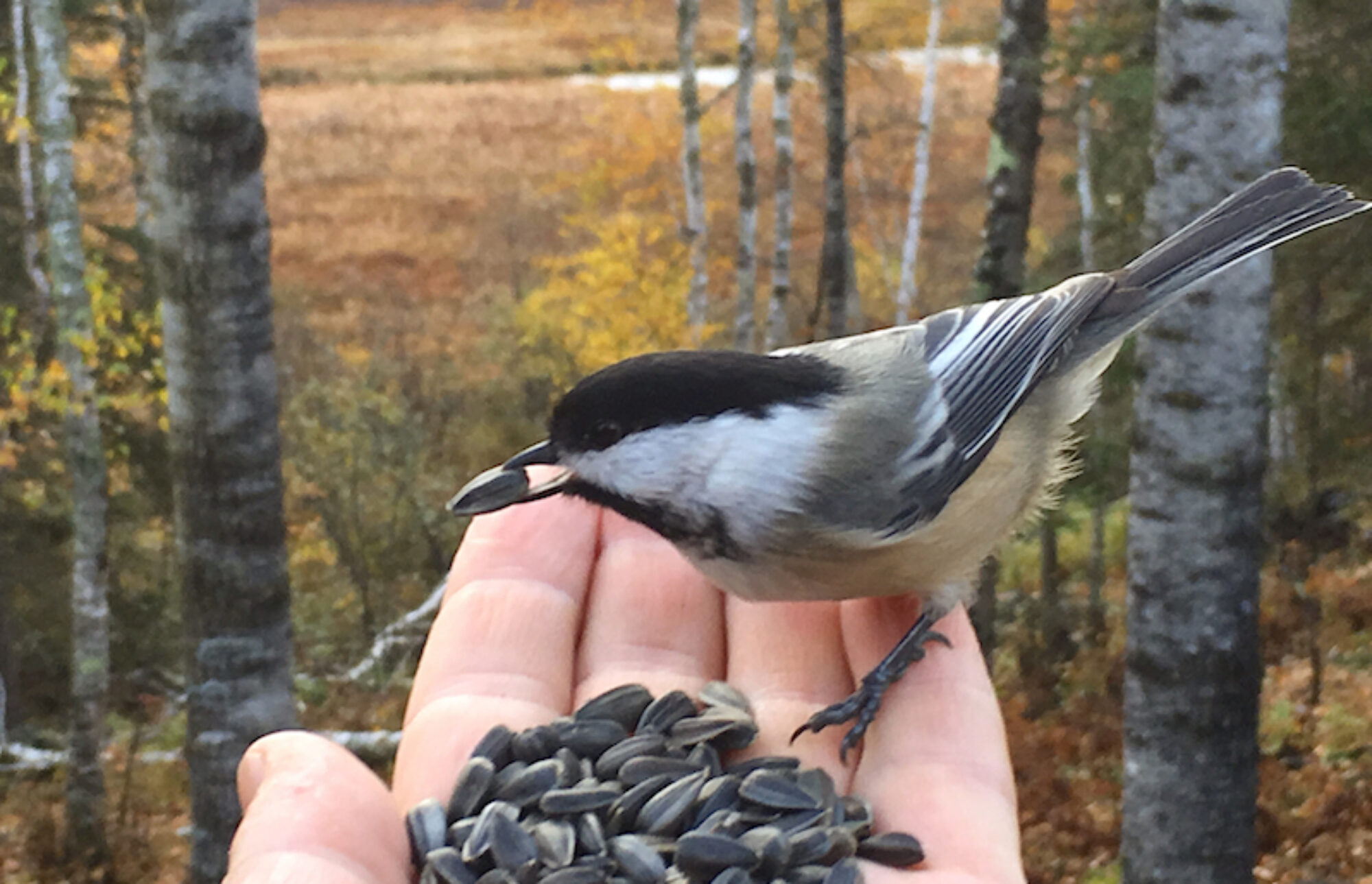By Todd Burras
SOMEWHERE IN NEBRASKA – A pair of long, gray shafts sliced through the gunpowder-colored sky like one could imagine a couple of arrows released by Pawnee or Lakota warriors might have some 200 years ago.
The two flew straight and true despite cutting through a hellacious headwind out of the west that pounded vehicles – even overturning a semi and trailer in the middle of the east-bound lanes at one spot — and prompted travel advisories farther north because of accompanying snow squalls.
This was an overcast morning early last week with sustaining winds of nearly 40 mph near Kearney in south-central Nebraska, a small city of some 35,000 people living in Buffalo County near the Platte River. For those that have traveled that way, Kearney might be memorable, if for no other reason, than it’s home to The Archway, a unique pioneer and Native American museum that stretches over Interstate 80.
Kearney is in the heart of Nebraska, and by extension, one of the primary outposts of a sort of transcontinental thoroughfare that’s connected the East and the West coasts for centuries. This is a corridor that’s seen Plains Indians on ponies, soldiers on horseback and European settlers in covered wagons. This is a landscape that served the Oregon and Mormon Trails, the Pony Express, the Union Pacific Rail Road and the Lincoln Highway.
Today, Kearney and its surrounding land of sand hills is home to cattle feedlots, no-till cropland, irrigation systems, an endless connection of barbed wire fencelines, prairie hawks, tumbleweeds, cottonwoods, coyotes and antelope.
For a couple weeks each spring, it’s also a Mecca of sorts for birders from around the Midwest and beyond as millions of birds in the Central Flyway follow a portion of the Platte River on their way to breeding grounds farther north. This is an area where anyone from the keenest birder to the average traveler driving the interstate can spy huge flocks of red-winged blackbirds and gulls, rafts of mallards and pintails, and waves of snow geese mile after mile after mile. In a society that’s been hijacked linguistically by the abuse of hyperbole, “spectacle,” in fact, is truly the only word that accurately attempts to describe the simultaneous movement of millions of waterfowl and other birds.
As interesting or not as any of that is to unsuspecting passersby, it’s the arrival from Mexico, Texas, New Mexico and Arizona of the big gray birds, like those first two we spotted straining against the elements, that people come from great distances to see. The real stars of this Great Plains and Platte River party are the Sandhill cranes.
Every spring from about mid-February through early April the Platte River Valley serves as a major stopover site for hundreds of thousands of Sandhill cranes. The giant birds, among the largest in North America with their 7-foot wingspans, spend several weeks here, feeding during the day on waste grain, snails and earthworms in cornfields and wet meadows and resting in the shallow waters of the Platte River at night. This period of staging prepares them for the next leg of their journeys as they head for breeding grounds across the northern United States, Canada and Siberia.
Cranes are among the oldest living birds on the planet, and their history in this stretch of Nebraska is so old it even predates the existence of the Platte River itself. Fossil records show that Sandhill cranes were in what is present-day Nebraska some 9 million years ago. The Platte River? It’s been flowing for about 10,000 years.
On the way to Colorado, most of the cranes, as well as virtually all the other birds we saw, were grounded by the high winds. Huge flocks of cranes hunkered down in fields with only an occasional bird doing its extravagant courting ritual of bowing, jumping and wing flapping. A few days later, however, on the return trip to Iowa, dozens of kettles of birds could be seen soaring above fields in small flocks while on the ground thousands more strutted, preened and generally showed off for one another.
According to the Nebraska Game and Parks Commission, each crane stays in the area for approximately four weeks before catching the right thermal and heading for its pre-determined breeding ground. It doesn’t take them long to get where they’re going, either. Cranes can travel up to 500 miles on a good day, although 200 to 300 miles is more common.
If you’re outdoors this week and happen to see a pair of slender gray shafts streaking across the sky, look closely. You might be seeing a pair of Sandhill cranes on their way to Minnesota, Wisconsin, Michigan or points farther north.
The spring migration is underway. Whether you’re in central Iowa, south-central Nebraska or somewhere else, enjoy it.
Todd Burras can be reached at outdoorstoddburras@gmail.com.
